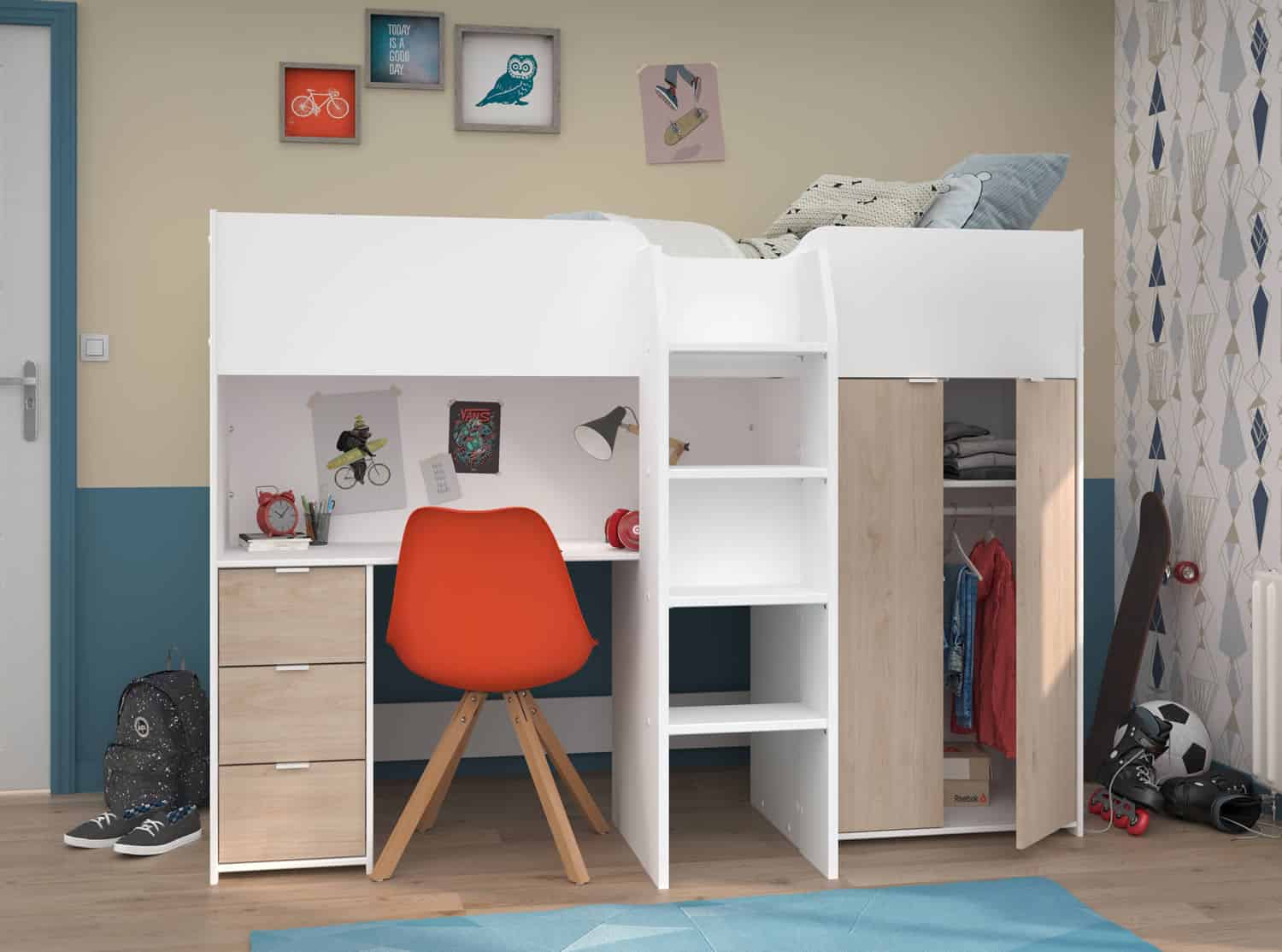Table of Contents
Introduction
A child’s bedroom is a sanctuary where they learn, dream, and grow. It’s a space that should foster creativity, inspire learning, and provide a comfortable place to rest. As parents, it’s our responsibility to create an environment that supports our children’s development. In this comprehensive guide, we’ll explore how to transform your child’s bedroom into a productive and inspiring space. From organization and décor to sleep routines and study areas, we’ll delve deep into every aspect to help you provide the best for your little one.
Organization is Key
A productive bedroom starts with organization. A tidy space is not only visually appealing but also sets the stage for productivity. Here are some tips on how to keep your child’s room organized:
- Storage Solutions: Invest in storage bins, shelves, and drawers to keep toys, books, and clothes neatly organized. Encourage your child to take an active role in keeping their things in order.
- Labeling: Use labels to identify where items belong, making it easier for your child to put things back in their proper place. This promotes responsibility and orderliness.
- Donate and Declutter: Regularly go through your child’s belongings and donate items they’ve outgrown or no longer use. This not only keeps the room organized but also teaches the value of giving to those in need.
- Desk Organization: If your child has a study desk, make sure it’s clutter-free. Provide desk organizers for stationery, and establish a system for storing schoolwork and projects.
Personalize the Space
Personalization is key to creating a bedroom that your child will love spending time in. It should reflect their personality and interests. Here’s how to make their room uniquely theirs:
- Colour Palette: Let your child choose the colours that resonate with their personality and preferences. Soft pastels, vibrant shades, or calming neutrals – involve them in the decision.
- Decorate with Meaning: Hang artwork, posters, or photos that hold sentimental value or align with your child’s hobbies and passions. Include personal achievements such as certificates / medals etc. These personal touches can provide motivation and inspiration.
- Customize Furniture: Personalize furniture pieces, like a desk or bookshelf, with your child’s name or a design they love. This adds a sense of ownership and pride in their space.
Create a Comfortable Sleep Environment
Quality sleep is crucial for your child’s productivity and overall well-being. Ensure their bedroom promotes restful slumber:
- Comfortable Bedding: Invest in a comfortable mattress and high-quality bedding. Let your child choose their sheets and pillows for a personal touch.
- Light Control: Install blackout curtains to control natural light, creating a sleep-conducive environment. Use soft, warm lighting for bedtime routines.
- Bedtime Routine: Establish a consistent bedtime routine to help your child wind down. Reading a book, gentle music, or relaxation exercises can be incorporated into this routine.
- Limit Electronics: Keep electronic devices out of the bedroom to reduce screen time before bedtime. Encourage reading or quiet activities instead.
Designate a Study Area
As your child grows, having a dedicated study area becomes increasingly important. This space should be free from distractions and equipped with the necessary tools for learning:
- Desk and Chair: Invest in an ergonomic desk and chair that fit your child’s size. Proper posture is crucial for productivity and comfort during study sessions.
- Beds with desks: Consider a high or mid sleeper bed with a built in desk, these beds are ideal when space is at a premium. Allowing a private study space and gaming environment for your child underneath their bed.
- Organized Supplies: Keep school supplies like pens, pencils, notebooks, and a computer (if age-appropriate) organized and within reach. This reduces the time spent searching for materials.
- Inspiring Decor: Decorate the study area with motivational quotes, educational posters, or a vision board to encourage your child’s enthusiasm for learning.
- Quiet and Calm: Ensure the study area is quiet and free from distractions. If possible, position the desk away from windows or areas with high traffic.
Encourage Creativity and Play
A productive bedroom isn’t just about academics; it’s also a place for creativity and play:
- Art Corner: Designate an area for arts and crafts with easy access to supplies like paper, markers, and crayons. Encourage your child to express themselves through art.
- Reading Nook: Create a cozy reading nook with a comfortable chair or bean bag, a bookshelf filled with age-appropriate books, and a good reading light.
- Toy Organization: Ensure toys are organized so your child can easily find and play with them. Rotate toys periodically to keep things fresh and exciting.
- Interactive Learning: Consider educational toys and games that promote learning through play. Board games, puzzles, and science kits are excellent choices.
Set Boundaries and Routines
Productivity thrives on routine and discipline. Establish clear boundaries and routines within the bedroom:
- Screen Time Limits: Set limits on screen time, especially before bedtime. Create a designated area for electronic devices outside the bedroom.
- Homework Schedule: Implement a consistent homework schedule that aligns with your child’s energy levels and concentration. Encourage them to complete assignments before playtime.
- Bedtime Routine: We mentioned this earlier, but it’s worth reiterating. A structured bedtime routine promotes better sleep, which, in turn, enhances productivity.
- Morning Routine: Establish a morning routine that helps your child start the day on the right foot. This might include making the bed, getting dressed, and having a healthy breakfast.
Conclusion
Transforming your child’s bedroom into a productive space is an investment in their growth and development. From organization and personalization to comfort and routines, every aspect plays a role in creating a conducive environment for learning, creativity, and rest. By actively involving your child in the process and maintaining a balanced approach, you can set them up for success in their productive haven. Remember, it’s not just about the physical space; it’s about nurturing their curiosity, creativity, and well-being as they navigate the exciting journey of childhood. A well-designed and organized bedroom can be a powerful catalyst for their future success.
Our best selling mid-sleeper and high-sleeper beds
-
Product on sale
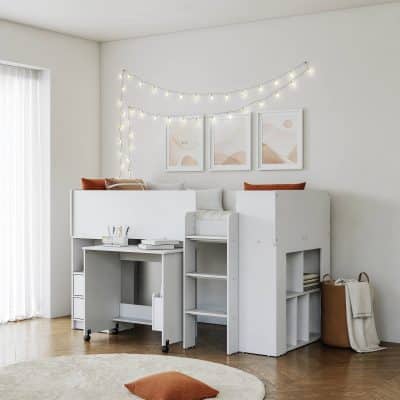 Flintshire Furniture Marley White Mid Sleeper BedOriginal price was: £399.99.£349.99Current price is: £349.99.
Flintshire Furniture Marley White Mid Sleeper BedOriginal price was: £399.99.£349.99Current price is: £349.99. -
Product on sale
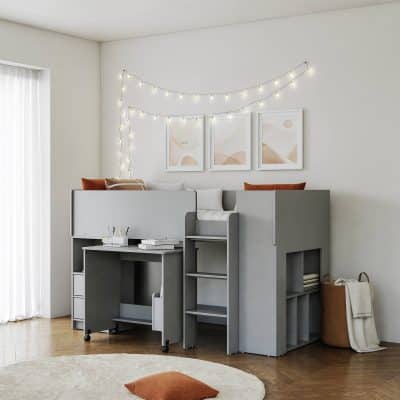 Flintshire Furniture Marley Grey Mid Sleeper BedOriginal price was: £399.99.£349.99Current price is: £349.99.
Flintshire Furniture Marley Grey Mid Sleeper BedOriginal price was: £399.99.£349.99Current price is: £349.99. -
Product on sale
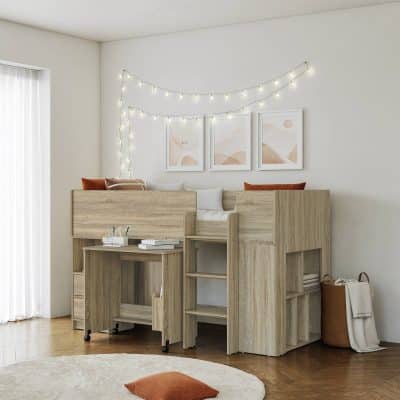 Flintshire Furniture Marley Oak Mid Sleeper BedOriginal price was: £399.99.£349.99Current price is: £349.99.
Flintshire Furniture Marley Oak Mid Sleeper BedOriginal price was: £399.99.£349.99Current price is: £349.99. -
Product on sale
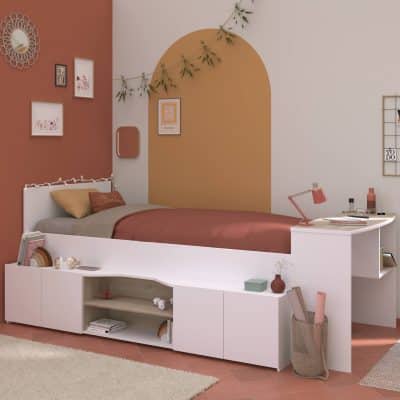 Parisot Cleo Cabin Bed with DeskOriginal price was: £529.00.£425.00Current price is: £425.00.
Parisot Cleo Cabin Bed with DeskOriginal price was: £529.00.£425.00Current price is: £425.00. -
Product on sale
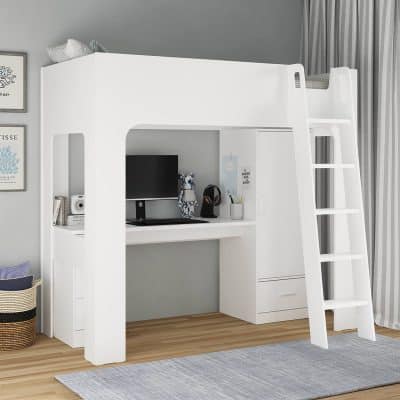 Flintshire Furniture Eden White High Sleeper BedOriginal price was: £549.99.£469.99Current price is: £469.99.
Flintshire Furniture Eden White High Sleeper BedOriginal price was: £549.99.£469.99Current price is: £469.99. -
Product on sale
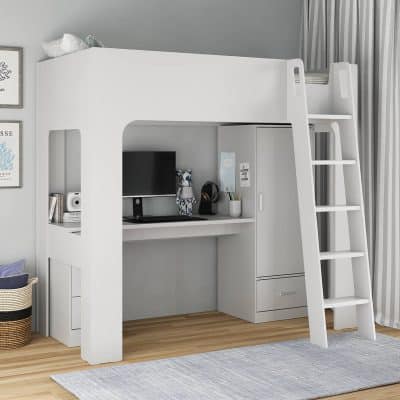 Flintshire Furniture Eden Grey High Sleeper BedOriginal price was: £549.99.£469.99Current price is: £469.99.
Flintshire Furniture Eden Grey High Sleeper BedOriginal price was: £549.99.£469.99Current price is: £469.99.

